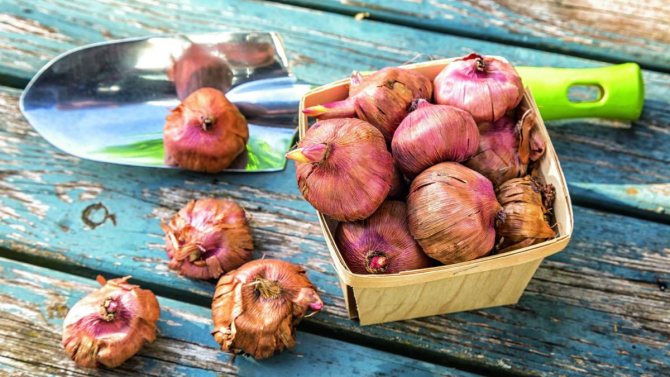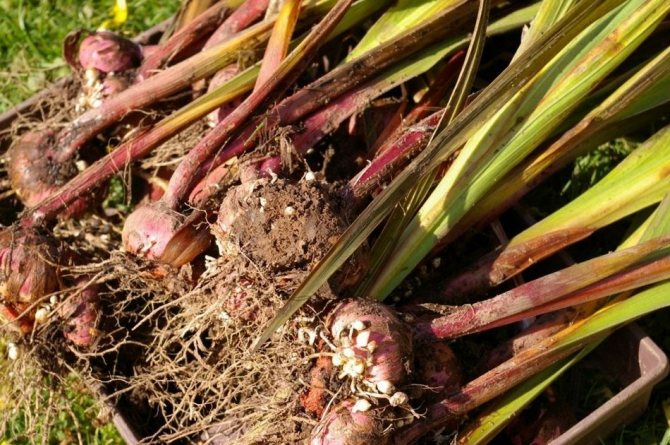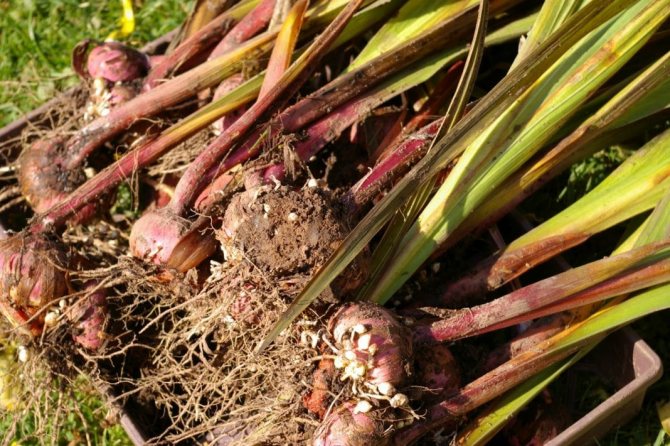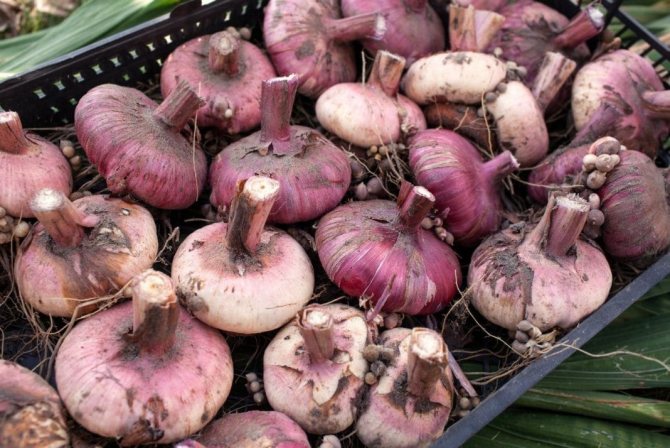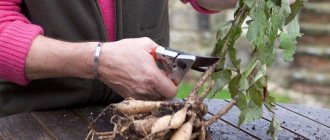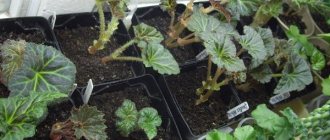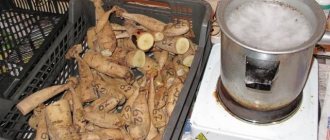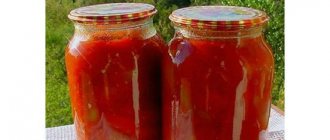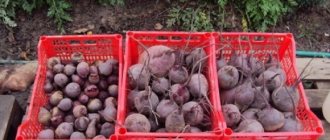Gladioli are bulbous flowers, tall, with large voluminous inflorescences. These flowers will definitely not get lost in the garden, they invariably become the center of attention, thanks to their bright colors and exotic appearance. It is not difficult to grow gladioli: they are not too whimsical, except for watering, tying and fertilizing, the plants do not need anything. Difficulties begin at the end of the summer season, when the flowers have faded, the question arises of how to preserve the bulbs until next spring.
How to store gladioli in the winter at home, how to properly collect the bulbs, and how to prepare them for winter storage, can be found in this article.
How to properly harvest corms
It is best to dig up the bulbs on a sunny and dry day. After that, they need to be examined - old, damaged, with black or brown spots are definitely not suitable for storage. Gladiolus stems and root shoots must be trimmed with pruning shears. Then gently shake off the ground and separate the children.
Do not remove brown husks! Otherwise, the planting material is unlikely to survive until spring.
It is imperative to process the corms to get rid of pests. Some gardeners use folk methods: soak the bulbs for 20-30 minutes in a soapy solution or a weak solution of potassium permanganate.
Ready-made products, such as Maxim or Inta-Vir, have also proven themselves. After processing, the corms should be thoroughly dried and placed in containers with a ventilated bottom - wooden boxes for vegetables are fine.
The average storage temperature should be 25-30 ° C. The most important thing is to ensure that the bulbs are well ventilated and turn them over from time to time. The temperature should be gradually reduced. So that gladioli do not germinate in winter and survive until spring, the temperature at the storage site should be 5-10 ° C, and the humidity should be 60-70%.
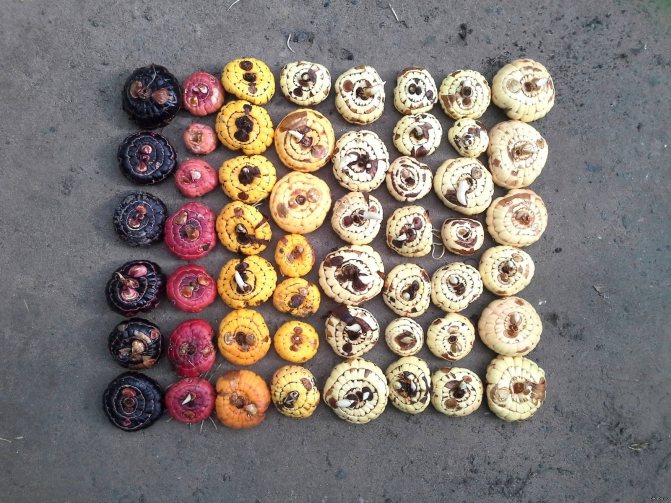
Harvesting gladioli bulbs
How to prepare gladioli for winter storage? The main thing is to comply with the cleaning time. Only in time, the dug planting material will be well stored. The main reason for his death in winter is fungal diseases. Timely processing and high-quality drying will help avoid losses.
Digging time
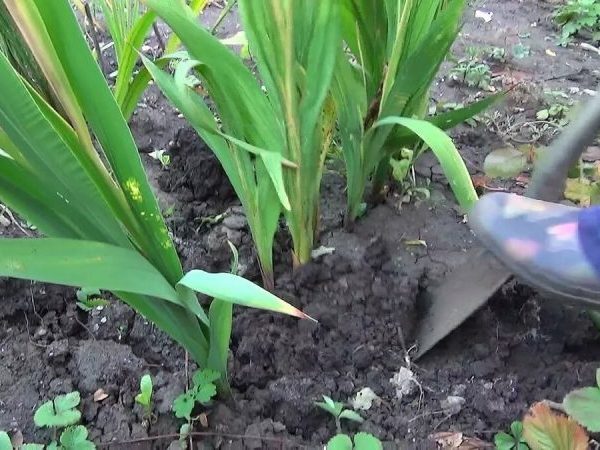

Only fully ripe bulbs keep well and give abundant flowering in the next season. It should take a little over a month for them to accumulate enough nutrients from flowering to digging. This is if the gladiolus was cut for a bouquet. If the plant is allowed to bloom in a flower bed, you need to add another half month to these dates. Experienced flower growers planted gladioli according to varieties, this makes it possible to clearly determine the timing of harvesting the bulbs - the flowering time of each variety is known.
Advice! In order not to forget anything, it is better to write down the number when this or that variety bloomed.
If the bulbs are planted chaotically, it is more difficult to decide on the timing of harvesting. There are patterns that you should be guided by.
- The approximate harvest time is mid-September, during warm autumn and later.
- The early varieties are dug out first, followed by those that bloom in the middle period and the last - late flowering.
- Gladioli grown from babies are harvested later than those obtained from bulbs.
Advice! The first of the varieties of the same flowering period are removed those that have a dark color - their immunity to fungal diseases is weaker.
The timing of harvesting also depends on the weather: in dry autumn, you can hold the bulbs in the beds longer, the rains can force them to be removed and not fully ripe. This will not greatly affect the quality of the planting material if the bulbs are well dried and covered with a layer of paraffin. In this case, it is even easier to choose a baby - it has not yet separated from the mother plant and there will be less losses. In a wet autumn, experienced florists carry out a trial dig earlier than usual. If the bulb is affected by a fungus, you cannot wait with harvesting. To protect the planting material of gladioli from thrips, it is better to carry it out before the air temperature drops below 10 degrees Celsius. Otherwise, the pests will concentrate at the base of the stem and may hide among the dry scales.
Advice! Cleaning is carried out in sunny dry weather.
Harvesting the bulbs
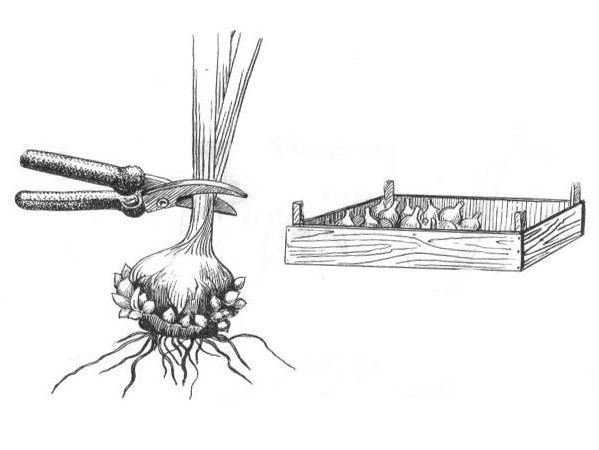

What is the best way to dig up the bulbs? A pitchfork and a scoop and a shovel will do, the main thing is not to injure them and collect all the kids. It is problematic to preserve damaged planting material before planting. What is done immediately after digging?
- The stem is cut, the length of the hemp should not exceed 1 cm, or better still shorter - most often the thrips that strike gladioli settle at its base. When working with a pruner, it should be disinfected after each cut in a strong solution of potassium permanganate.
- Remove the mother bulb. If this does not work right away, they separate it after drying - the resulting cork layer will help to do this with ease. You cannot leave the old onion - it can be a source of infection.
- The roots are removed, but not from the bulbs obtained from the children. Their root system is only slightly pruned. So they will dry out less in winter. The roots of these bulbs are removed just before planting.
Advice! It is impossible to get rid of the covering scales on the bulbs; they are cleaned shortly before planting.
Now is the time to send the harvested planting material for drying. But first it needs to be processed.
Processing gladiolus bulbs before storage
Dug out bulbs must be well washed from the soil. It is best to do this on a sieve under running water - each variety separately. Then - prevention of fungal diseases and pests:
- with a solution of a fungicide, for example, "Maxim", diluted according to the instructions or in 3% potassium permanganate, the bulbs are kept in it for about half an hour;
- karbofos solution according to the instructions.
Advice! It is convenient to carry out processing by placing the planting material of each variety in a separate cloth bag.
Further drying is carried out.
Drying the bulbs
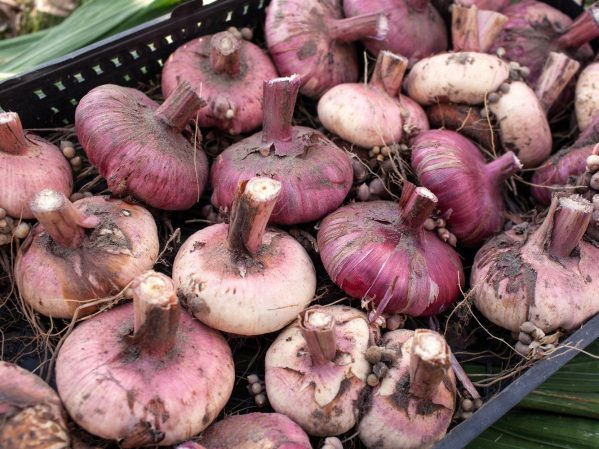

If all operations were carried out on a sunny day, allow the bulbs to dry in the sun. Further drying consists of two stages:
- about 3 weeks at a temperature of 25 to 30 degrees;
- up to 6 weeks at a temperature of 20 to 25 degrees.
For drying, the planting material is laid out in 1-2 layers, with paper or cloth underneath it. You can arrange the bulbs in wooden boxes with mesh bottom and walls. Before storage, they are reviewed again and all patients are thrown away without regret. If this is a valuable variety and the damage is small, you can try to save the bulb by cutting off the sore spot until healthy tissue appears and smearing it with brilliant green. But it will have to be stored separately from the rest of the planting material.
Advice! Do not dry the bulbs close to heating devices, otherwise they may simply boil.
Where to store corms in winter
How to store gladiolus bulbs in winter. Here are some places where you can create good wintering conditions for planting material:
- In the basement or cellar. Perhaps this is the best place to store planting material. The main condition is that it is dry there and the room is ventilated.Corms are stored on racks in boxes with a mesh bottom.
- In the apartment, on the balcony. In order for gladioli to successfully survive the winter in an apartment, it is necessary to find the coolest place and place a box with planting material there. Each corm should be wrapped in newspaper, or covered with sawdust so that they do not come into contact with each other. You will have to quite often monitor their external condition and pay attention to the ambient temperature. If the bulbs are stored on the balcony, then in severe frosts, you need to wrap them with a blanket.
- In a refrigerator. Everything is simple here: transfer the bulbs to a food container or other sealed container and send them to the bottom shelf of the refrigerator. Towards spring, the bulbs will begin to release moisture, so they need to be dried and refrigerated again before planting.
- In bags and stockings. This simple method is also quite common among gardeners. You need to pay attention to the humidity and temperature of the air, as well as to ensure that the bulbs are ventilated.
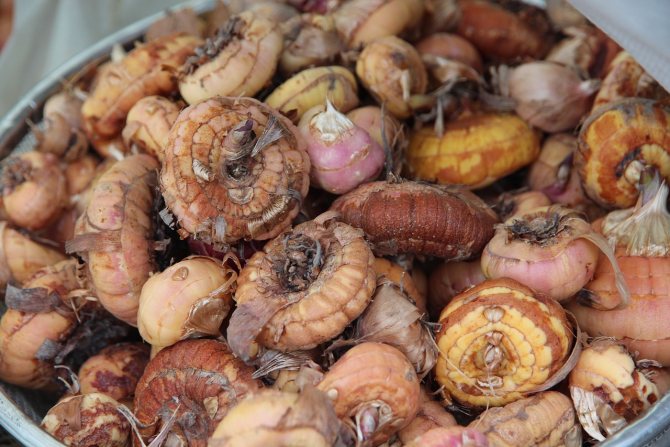

Comments (2)
Olga
07.02.2019 at 09:42 |
For the last two seasons, something happened to my favorite gladioli. And I dig it up on time, and store it as usual, and plant it as before, but as soon as flowers appear on the stem, it will be bent like a tin wire. The flowers bloom are gorgeous and the stem is mint / bent of some kind. I'm worried. Here I came to read, perhaps I will find answers. If anyone knows what the trouble is, please write.Reply
Julia Expert Plodogorod
07.02.2019 at 21:52 |
Hello Olga! Gladioli are rather tall plants and it is recommended to tie them up so that the stems do not break. But if this does not help with the curvature of the stems, then the problem is something else. One of the most common causes is excess nitrogen in the soil. A significant amount of mineral dressings accelerates the growth of tissues, but they do not have time to fully form. Hence the deformation, as well as the weakness of the stem.
To avoid such consequences, you need to make nitrogen-containing products only at a certain time and in the amount indicated in the instructions. When four leaves appear on your gladioli, you can fertilize them with nitroammophos. It is bred at the rate of 25-30 grams per ten-liter bucket of water. When flower arrows appear, nitrogen cannot be added. During this period, fertilizers with phosphorus and potassium will be useful. You can use superphosphate, and after a few days add some ash under the bushes.
Another possible reason may be insufficient bulb depth. In spring frosts, they are damaged. Sometimes the stems begin to curl when the planting is too thick and too close to other plants. Then they compete for sunlight, and in an effort to better position themselves, they arch the stems.
Shoots can bend when there is a lack of moisture, especially when the plant already has three or four leaves. The tides should be abundant and the soil should be well wet in the lower layers.
The soil for these plants should be prepared in advance and never use fresh or even rotted organic matter before planting the bulbs, as fungal and putrefactive diseases are possible. If there is a need to improve the soil, then at the beginning of autumn you can plant mustard or rapeseed in place of these flowers. Before the cold weather, you need to mow these plants and dig up the soil with them.
Reply
How to store gladioli in winter in an apartment and house
The ideal temperature for storing bulbs in winter is from five to ten degrees Celsius, so many gardeners choose the basement or cellar of a private house for wintering gladioli. How to store gladioli in the winter at home in the cellar, we described above.
If there is no suitable place in the cellar, you can store the planting material in the attic, closer to the chimney.In this case, the bulbs must be packed in a newspaper and placed in a box. And what about apartment owners?
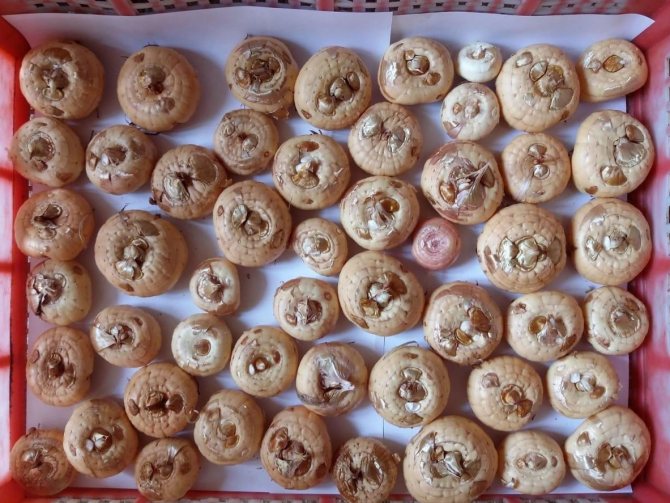

You can save the bulbs on the glassed-in balcony or loggia. Place them in a thick-walled Styrofoam box - at least 5 centimeters - and set up a thermometer to check if the column goes below normal.
If you do not have an insulated balcony, you can store gladioli in the pantry. To do this, place the bulbs in stockings, or wax them in advance. Melt the paraffin in a water bath, lower each onion there in turn, and then throw it into cold water. A protective shell will appear on the surface of each tuber, which will not allow gladioli to dry out and will not allow excessive waterlogging. In the spring, before planting, immerse the bulbs in warm water and carefully remove the paraffin.
Observing these simple rules for preserving planting material until spring, you can admire gladioli in your garden every year.
- 0shared
- 0
- 0
- 0
- 0
- 0
- 0


